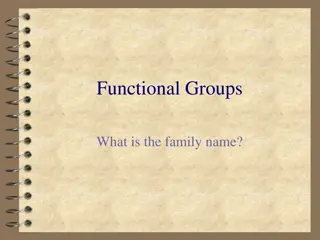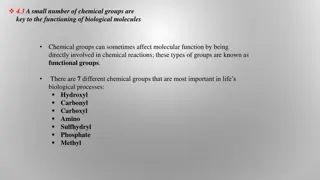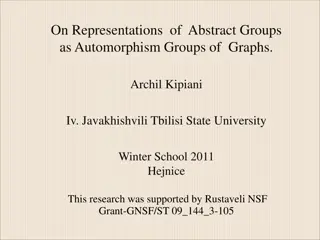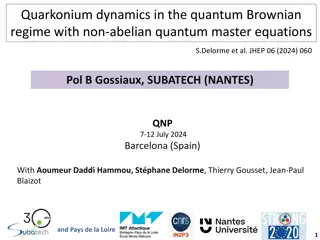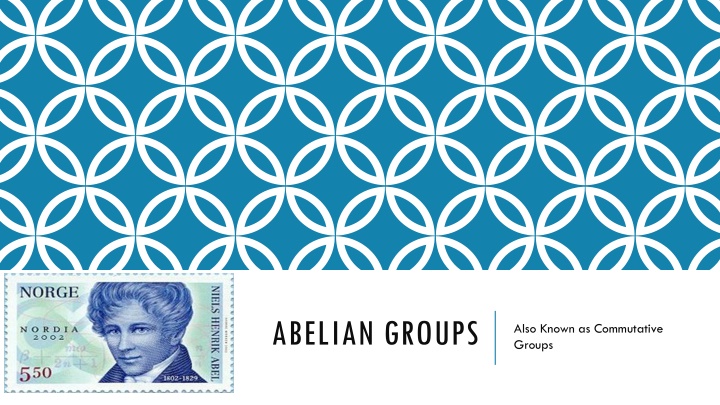
Abelian Groups: Definitions, Theorems, and Examples
Learn about Abelian groups, also known as commutative groups, in abstract algebra. Explore definitions, basic theorems, and examples of Abelian and non-Abelian groups, providing insights into group operations and properties.
Download Presentation

Please find below an Image/Link to download the presentation.
The content on the website is provided AS IS for your information and personal use only. It may not be sold, licensed, or shared on other websites without obtaining consent from the author. If you encounter any issues during the download, it is possible that the publisher has removed the file from their server.
You are allowed to download the files provided on this website for personal or commercial use, subject to the condition that they are used lawfully. All files are the property of their respective owners.
The content on the website is provided AS IS for your information and personal use only. It may not be sold, licensed, or shared on other websites without obtaining consent from the author.
E N D
Presentation Transcript
ABELIAN GROUPS Also Known as Commutative Groups
4.One such example of a group that is not abelian is the group (G,) where G is the set of 2 2 matrices with real entries whose determinants are nonzero and is defined to be matrix multiplication. ABELIAN GROUPS 1. In abstract algebra, an abelian group, also called a commutative group, is a group in which the result of applying the group operation to two group elements does not depend on the order in which they are written. That is, these are the groups that obey the axiom of commutativity. Abelian groups generalize the arithmetic of addition of integers. They are named after early 19th century mathematician Niels Henrik Abel. 2. Definition: If (G, ) is a group where is commutative for all a,b S, i.e., a b=b a for all a,b G, then (G, ) is called an Abelian Group. The term "Commutative Group" means the same thing as "Abelian Group". 3.
BASIC THEOREMS REGARDING ABELIAN GROUPS I. Theorem 1: Let (G, ) be a group. If for all a,b G we have that (a b)^2=a^2 b^2 then (G, ) is an abelian group.
BASIC THEOREMS REGARDING ABELIAN GROUPS 2. Theorem 2: Let (G, ) be a group. Then G is an abelian group if and only if for all a,b G we have that (a b) 1=a 1 b 1.
BASIC THEOREMS REGARDING ABELIAN GROUPS 3.Theorem 3:Let (G, ) be a group. If for all a G we have that a=a 1 then (G, ) is an abelian group.
EXAMPLES OF ABELIAN GROUPS Some examples of Abelian groups are: The Integers under Addition, (Z,+) The Non-Zero Rational Numbers under Multiplication, (Q*, X) The Modular Integers under modular addition, (Zn, +) The U-groups, under modular multiplication, U(n) = {the set of integers less than or equal to n, and relatively prime to n} All groups of order 4 are Abelian. There are only two such groups: Z4 and U(4).
NON- ABELIAN GROUPS Some examples of Non-Abelian groups are: Dn, the transformations on a regular n-sided figure under function composition (GL,n), the non-singular square matrices of order n under matrix multiplication (SL,n), the square matrices of order n with determinant = 1under matrix multiplication Sn, the permutation groups of degree n under function composition An, the even permutation groups of degree n under function composition




